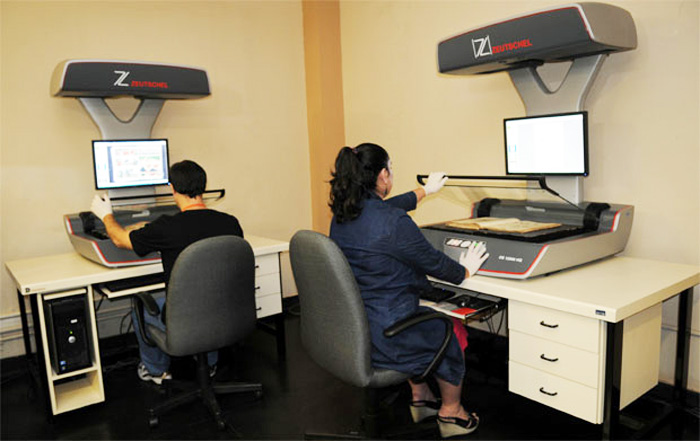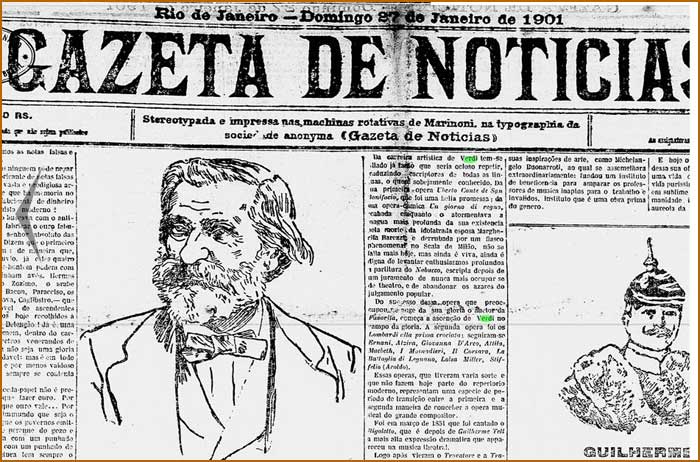by and
I sing the body electric,
The armies of those I love engirth me and I engirth them,
They will not let me off till I go with them, respond to them,
And discorrupt them, and charge them full with the charge of the soul.
—Walt Whitman, “I Sing the Body Electric”
Audience
Suggested Goals
- Learn how to examine energy and electricity anthropologically
- Enable students to think through the links between technologies and anthropological methods/theory via a specific, familiar example (electricity)
- Increase student communication skills through an in-class mock trial
- Interrogate the specific ways in which phenomena, including but not limited to electricity, “impact the social construction of needs (and value) and the mediation of social relations” (Winther and Wilhite, 576)
- Explore the particular challenges of studying dispersed or networked phenomena (like power grids)
- Introduce students to contemporary scholarship in science and technology studies and public anthropology
- Building curricula via a recent academic journal issue is also an excellent introduction to scholarly publication, trends in the field, and library resources
Prior to the Class
Suggested Readings
- Walt Whitman’s poem “I Sing the Body Electric,” in whole or selection
- “The Politics and Poetics of Infrastructure,” by Brian Larkin
- “Ethnography in Late Industrialism,” by Kim Fortun
- “From Anthropologist to Actant (and back to Anthropology): Position, Impasse, and Observation in Sociotechnical Collaboration,” by Anthony Stavrianakis
- This section lends itself to getting students to think about the public relevance of anthropology. Daniel Mains’s ethnography of hydropower in Ethiopia, “Blackouts and Progress: Privatization, Infrastructure, and a Developmentalist State in Jimma, Ethiopia,” is recommended.
- This is not the first time that anthropology has been “electric.” Instructors could add in articles by Leslie White or any of the other anthropologists who studied energy systems in the nuclear age. The Bentley Historical Library at the University of Michigan includes a finding aid for White’s publications .
Suggested In-class Exercises
- Let students generate their own static electricity with mohair sweaters, balloons, etc.
- Lead a group discussion in which students imagine a world without electricity. Alternately, have students pick five electronic things they would want to take with them in an island exile (assume a solar generator). Which ones would they pick and why? This exercise could lead to insight into values, priorities, and perceived needs.
- Against Canay Özden-Schilling’s argument about consumer indifference, have students deconstruct an average electricity bill in their area. What is a kilowatt? What is a kilowatt hour? How much do electricity rates vary across the city, state, or region? What does this rate mean in other measures (time watching TV, number of loads of laundry, etc.)?
- The instructor may bring in and discuss the electronic equipment she uses for research (such as her voice recorder, camera, video recorder, computer software, etc.). She could describe how her methods have changed over time as different technologies became available.
- Trace an electrical outlet in the classroom back as far as possible (the classroom’s electrical system, the building’s electrical system, the campus’ electrical system, the city power grid, the regional hydropower dam, etc.). Create a schematic diagram on the board.
Mock Trial
- If you are devoting a half-hour or less to the mock trial, we suggest asking for groups of volunteers to present as if they are the two lawyers in the Anusas and Ingold article. The rest of the class may act as jury or tribunal.
- If you included a primer on finding library resources (see Prior to the Class) and are planning on devoting a full class to the mock trial, encourage students to find their own additional sources and evidence.
- In line with the collection’s theme, create a class website where students can choose to post their arguments, bibliographies, or response papers.
Suggested Discussion Questions
- The articles in the “Anthropology Electric” collection are an excellent opportunity to introduce students to the contemporary practice of ethnography. How might an ethnographer study energy? How might an ethnographer study the grid or other dispersed systems?
- How does electricity (or energy, more broadly) enable social relations, social values, and needs?
- The title of the collection is a reference to Walt Whitman’s poem, “I Sing the Body Electric,” and yet the collection is thin on discussion of bodies. How do electrical systems enable certain body norms or embodiments? What might a “body electric” be, anthropologically?
- In light of the previous era of interest in energy and culture (see Leslie White, among others), what can we learn from the study of energy about cycles of knowledge production in anthropology? How do certain topics come into academic fashion at certain times?
- Mike Anusas and Tim Ingold set their article up as a dichotomy: electricity is either good or bad. Is it really a dichotomy? How might the Anusas and Ingold piece be read as a provocation to think beyond dichotomy?
- A running theme in the collection is ecological crisis. What is the relationship between anthropological practice and issues like global warming? What other changes can we trace in anthropology as a response to our changing world?
- Several authors in the collection talk about what Anusas and Ingold refer to as “sensorial subtlety” and “remoteness.” Something that remains hidden in the collection is the human labor behind the apparently instant, seamless availability of electricity. What would a theory of electricity look like from the point of view of this unspoken, unacknowledged labor?









![[EFF Free Speech Online Blue Ribbon Campaign]](http://onlinebooks.library.upenn.edu/freespeech-horiz.gif)


























 Archivo Central
Archivo Central Museo de Arte Contemporaneo
Museo de Arte Contemporaneo Museo de Arte Popular Americano
Museo de Arte Popular Americano Museo de Medicina
Museo de Medicina Departamento de Antropología
Departamento de Antropología Cineteca U. de Chile
Cineteca U. de Chile Centro de Estudios Judaicos
Centro de Estudios Judaicos Colecciones de Arte
Colecciones de Arte






No hay comentarios:
Publicar un comentario